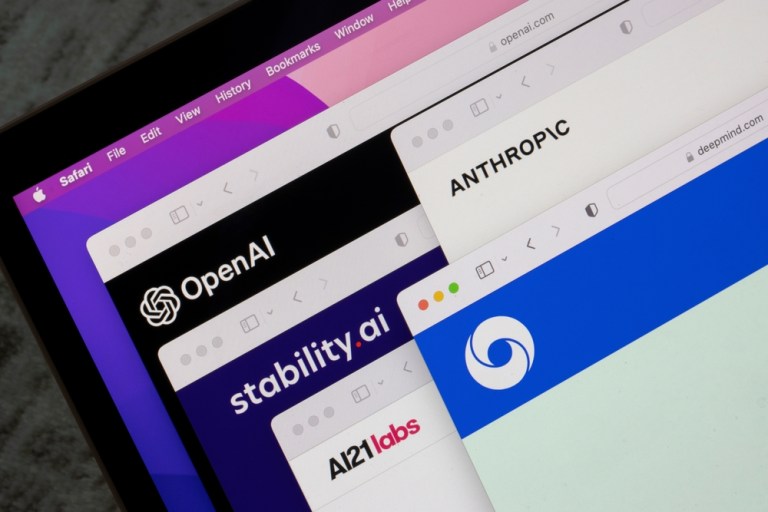The AI Challenges of Ethics, Privacy, Deepfakes and Bad Intentions Remain for LLMs

![]() Because both open- and closed-source large language models (LLM) can use proprietary data, both will face challenges. However, closed-source models will likely face heavier scrutiny and criticism as users, investors and regulators will not have visibility into the underlying models, data sets and assumptions used. This can make it hard to spot instances that abuse data privacy, disseminate misinformation and spread bad intent.
Because both open- and closed-source large language models (LLM) can use proprietary data, both will face challenges. However, closed-source models will likely face heavier scrutiny and criticism as users, investors and regulators will not have visibility into the underlying models, data sets and assumptions used. This can make it hard to spot instances that abuse data privacy, disseminate misinformation and spread bad intent.
Open-source LLMs may be able to disseminate information, but that too comes with its own challenges. If false information is spread to unsuspecting audiences, the consequences can have lasting effects. Such power is difficult to police, judge or punish and requires industry partners to ensure accountability.
LLM companies and partners have multiple issues to iron out
Vendors and LLM partners have their work cut out for them. This includes developing compelling and provable use cases, taking ethical considerations to heart, helping early-adopter clients through the deployment process, and balancing the need for training large data sets with the cost of processing and fine-tuning them.![]()
Vendors will need to hone their use cases. Technology companies and avid investors will also have to sharpen LLMs’ marketing prowess so that they present proven, compelling use cases that distinguish them from prior iterations of AI to make enterprise investments worthwhile. Observing regulatory, ethical and privacy standards and ensuring authenticity and good intent will be part of that task at every turn.
LLM vendors should plan on supporting customers as they integrate LLMs into their existing processes. Their job will also entail creating a path for customers so that they can identify the right use cases, and providing those clients with support along the path of integrating LLMs into their businesses. Transparent pricing models will come in handy and help prevent potential friction with new customers and prospects.
The trick will be balancing expansive data sets with the cost of computing power. The industry must contend with the high cost of training models. The energy and computing power required to process and run these models will force technology companies to customize LLMs to ensure a wide enough data set unburdened by extraneous data.
LLMs will focus on fundamentals to deliver on promises
In the coming years, attention will shift from firms making splashy headlines to those with solid foundations. Investors will pursue vendors that promise scalability and widespread adoption, craft compelling and proven use cases, and aggressively manage costs — both from the developers’ point of view as well as the users’.
The industry as a whole — including regulators — will be watching closely to ensure that LLMs generate sensible, context-appropriate responses, a large task that will require extensive time commitments and resources. The question of bad intent — using LLMs to commit crimes or illegal acts — will also be on their radar.